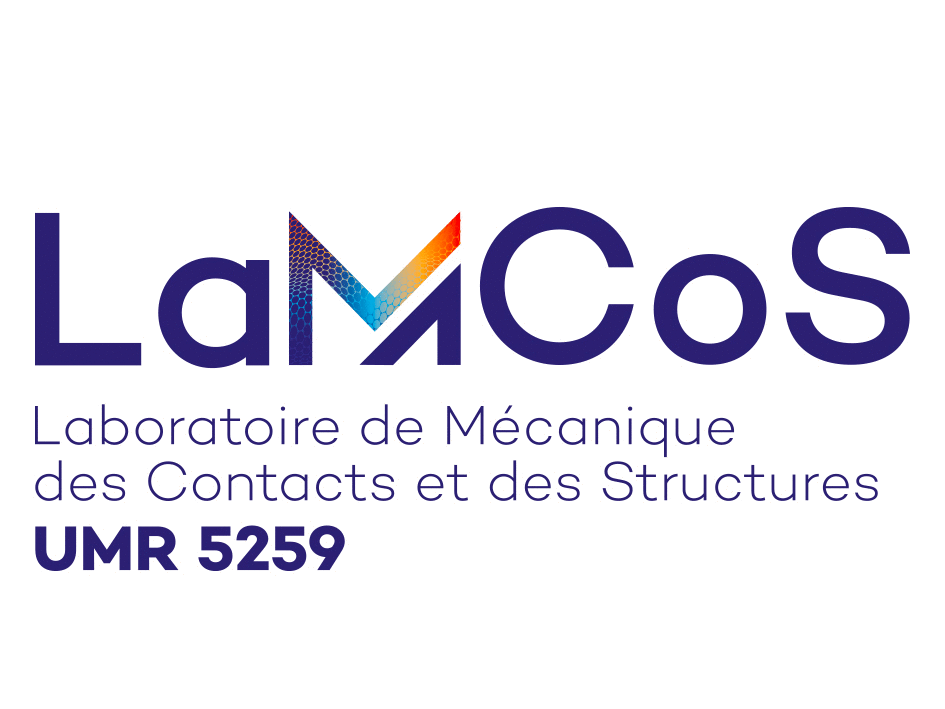From process to effective thermal-mechanical properties : Innovative processes to control in-service properties
Mastery of a manufacturing process ensures that the in-service properties of manufactured parts meet requirements.
Various experimental and numerical methods are used to understand and predict the final state of a part manufactured using three specific processes: additive manufacturing using the DED process, cold spray coating and cavitation peening.
1. Metal additive manufacturing using the DED process
An open Direct Energy Deposition additive manufacturing machine is being developed to measure the thermo-mechanical phenomena associated with this process in real time and in situ (by thermography, topography, image correlation, etc.). Numerical thermo-mechanical modelling is used to predict the metallurgical and thermo-mechanical state of the final part; the HOPGD method is applied to these models in order to obtain a response in real time, by constructing numerical charts.
2. Cold Spray coating
In collaboration with EDF, Framatome and the MATEIS laboratory, the team is interested in the interactions between the sprayed particles and the substrate in order to develop process parameters. The numerical models are based on SPH-EF or EF-EF coupling methods for describing shear bands and cohesive particle-substrate adhesion.
3. Cavitation peening
This process of modifying surface properties by projecting cavitation bubbles is being studied in collaboration with LMFA. We are particularly interested in understanding the bubble-wall interaction, which is modelled numerically using CFD calculations. An experimental set-up reproducing the conditions of this process has been developed, enabling measurements to be compared with the model.
Various experimental and numerical methods are used to understand and predict the final state of a part manufactured using three specific processes: additive manufacturing using the DED process, cold spray coating and cavitation peening.
1. Metal additive manufacturing using the DED process
An open Direct Energy Deposition additive manufacturing machine is being developed to measure the thermo-mechanical phenomena associated with this process in real time and in situ (by thermography, topography, image correlation, etc.). Numerical thermo-mechanical modelling is used to predict the metallurgical and thermo-mechanical state of the final part; the HOPGD method is applied to these models in order to obtain a response in real time, by constructing numerical charts.
2. Cold Spray coating
In collaboration with EDF, Framatome and the MATEIS laboratory, the team is interested in the interactions between the sprayed particles and the substrate in order to develop process parameters. The numerical models are based on SPH-EF or EF-EF coupling methods for describing shear bands and cohesive particle-substrate adhesion.
3. Cavitation peening
This process of modifying surface properties by projecting cavitation bubbles is being studied in collaboration with LMFA. We are particularly interested in understanding the bubble-wall interaction, which is modelled numerically using CFD calculations. An experimental set-up reproducing the conditions of this process has been developed, enabling measurements to be compared with the model.
